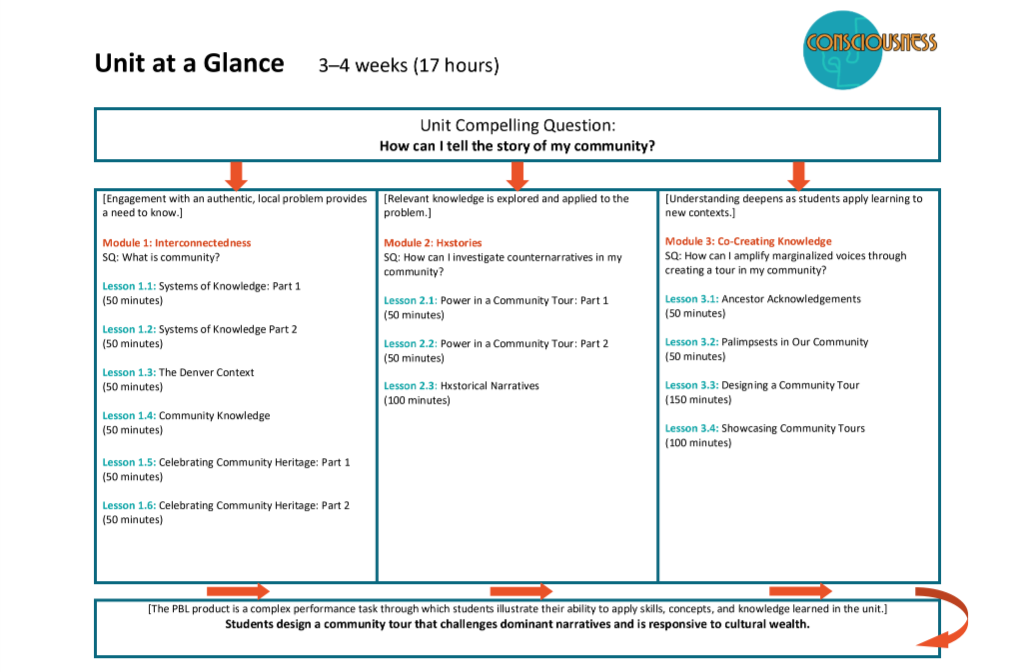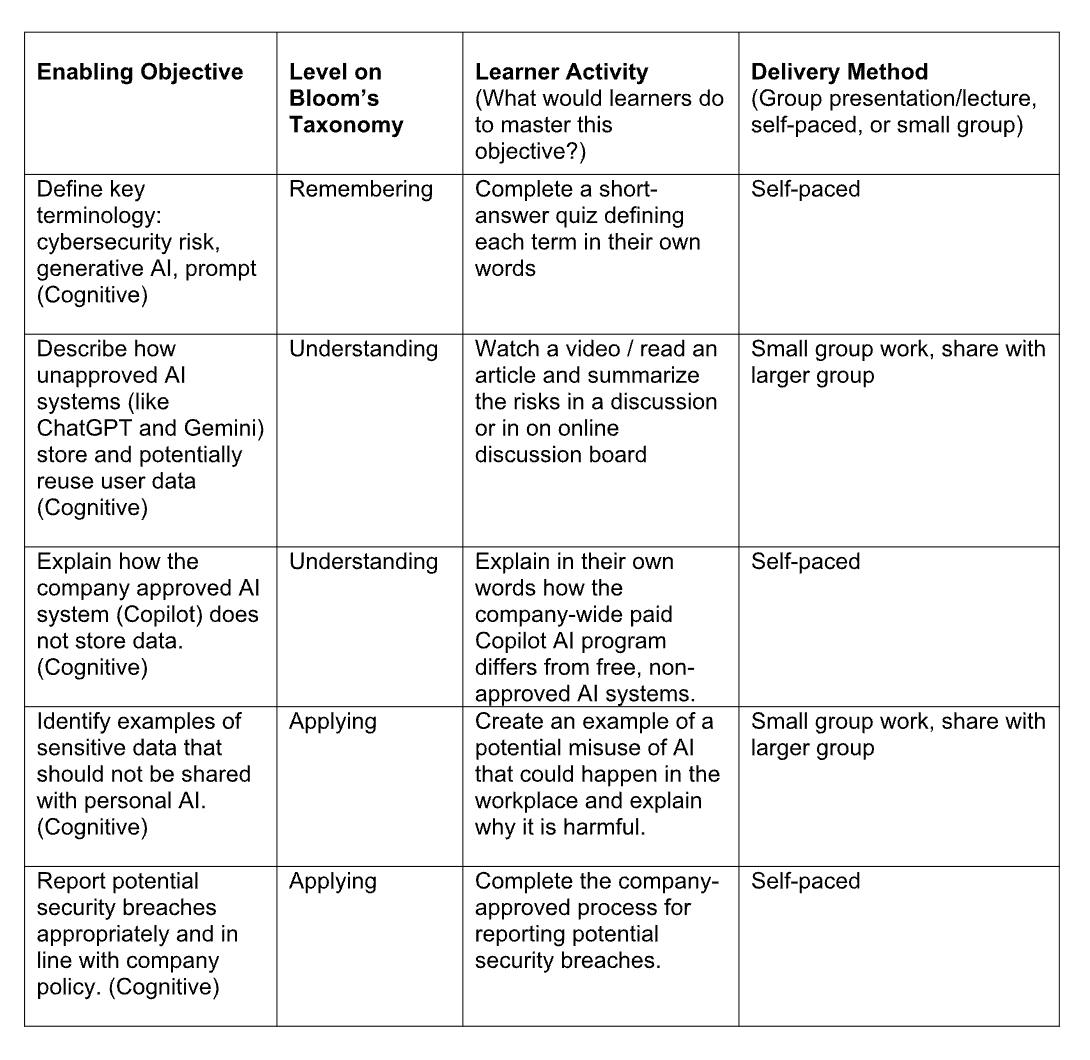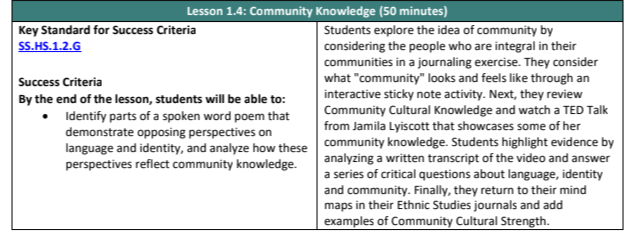SCORM and Learning Management Systems
This course is meant for professionals looking to better understand the relationship between SCORM-compliant Shareable Content Objects (SCOs) and SCORM-compliant Learning Management Systems (LMSs). Click the ‘play’ button to explore the course on SCORM-based Learning. This course was created in iSpring Cloud as part of an assignment from my studies at the University of Wisconsin: Stout Masters Certificate in Instructional Design.
Client
Course Assignment for University of Wisconsin: Stout Instructional Design Graduate Certificate
Year
2025
Using Libby on Kindle - Humorous
This project is a bit unique because it was not intended to be used in a corporate setting. During my masters studies at UW:Stout I became interested in the idea of reaching ‘reluctant’ learners. My father is a tiny bit stubborn, but has a heart of gold. This training aims to teach him how to use Libby, the free app from the public library system, on his Kindle device. Fair warning: the content of this lesson is humorous.
Client
Freelance project
Year
2025
English Language Course Building
In 2023 I created an English teaching company for Spanish-speaking clients looking to improve their business communication skills in English. I collaborated with Human Resources teams from 3 multinational companies to design learning experiences for 28 total adult professionals working in the areas of human resources, law, operations, and finance.
Pronunciation, particularly of short and long vowel sounds, was identified in the Learner Analysis as a key area for instruction.
To address this, I developed targeted pronunciation modules that included visual aids, phonetic breakdowns, and guided practice. A central instructional strategy was teaching learners how to physically adjust their mouth and tongue positions when producing English sounds, and how those movements and sounds differ from sounds in Spanish. For example, the learning tools below demonstrate the distinction between the /æ/ and /e/ vowel sounds by focusing on jaw position, tongue placement, and lip relaxation, to build muscle memory and clarity in speech.
This SCORM-compliant Reusable Learning Object (RLO) was created using Articulate Rise as part of a larger project for a team of Colombian lawyers working to improve their pronunciation skills for virtual meetings with international clients.
Client
Elevate Your English
Year
2023-2025
Curriculum + Assessment Design
Alignment
Alignment means ensuring that learning objectives, activities, and assessments all connect directly to the overall course goals. When objectives are clearly defined, instructors can choose activities and delivery methods that target the right level of learning. This creates consistency, clarity, and stronger outcomes.
An alignment chart helps instructors map this process. It begins with the terminal objective, the main learning goal. Then it is broken into enabling objectives, the smaller skills or tasks students must achieve. In the example below, each row is an enabling objective, paired with the Bloom’s Taxonomy level, a learner activity, and the delivery method. This ensures that everything learners do (activities, assessments, format) is aligned with what they are meant to learn.
I created this Enabling Objectives Matrix, based on Dr. David Merrill’s Component Display Theory, to set up the outline for the content for a course on cybersecurity and risk mitigation with AI systems.
I created this Unit at a Glance document during my contract work with Educurious and Denver Public Schools (see below). with ongoing feedback from SMEs to align learning goals, guiding questions and assessments. It allows teachers to see the overall flow and alignment of the unit, while emphasizing the compelling questions and authentic assessments.
Curriculum Design
Client
Educurious, Denver Public Schools
Year
03/2024 - 08/2024
In 2024 I was contracted by education nonprofit Educurious to develop comprehensive assessments, lessons, student materials, and teacher guides for a madium-sized city’s public school system. I worked directly with curriculum specialists and SMEs to ensure alignment with state standards and course goals. To the right is the cover art used for the second unit on Community Consciousness. This is one of four units created for the course.
Utilizing Backwards Design, I began by creating learning objectives based on the course goals and state standards. Then I created assessments, guiding questions, and module outlines. Finally, I created module overviews, lesson plans, teacher guides, learning materials and opportunities for extending the learning. I continually implemented feedback from SMEs throughout the process.
Sample curriculum
This Unit Assessment Overview showcases the priority grade level expectations for students from the Colorado state standards. It provides an overview of the assessments in this unit and showcases how the assessments relate to the learning goals and standards. Additional materials from this project are available upon request via email at kathryndbusch@gmail.com.
To the left is an image of an example from the Lesson Overview Guide for Teachers that I created. The simple design showcases the key state standards addressed in the lesson and provides a brief overview of the assessment. Also included is success criteria for the assessment.
Course Design Case Study: Mitigating AI-related Cybersecurity Risks
I firmly believe that understanding your audience and clients is the first step towards addressing the instructional need. Regardless of the iterative design models you are using, the first step must be an analysis of the learners, context and client goals. I personally draw from: William Horton’s book eLearning by Design (2006), particularly Chapter 3: Analyze; Morrison, Ross, Morrison, Kalman, & Kemp’s book Designing Effective Instruction, particularly Chapter 2; and the article Front-end Analysis: Blueprint for Success (Part 1 and 2) from the Learning Guild.
It is worth stating that not every challenge needs to be addressed through instruction. Make sure to consider whether there is an easier way to solve the presented problem before proceeding.
Protocols for Feedback
From 2023-2025 I ran an English-language learning business that partnered with Spanish-speaking professionals looking to improve their business English for meetings with international clients. During the initial interviews with learners as part of the Front-End Analysis I began to notice a pattern - participants freqently felt uneasy making mistakes in previous English classes so they ultimately spoke less and stayed quiet. I knew that for authentic learning to happen learners need to make mistakes in a supportive environment so they can learn from them without judgement.
To support these goals, a feedback protocol was designed to track spoken errors without interrupting the learner during lessons. At the end of each session, errors were reviewed collaboratively, allowing learners to reflect on patterns and practice improved phrasing or pronunciation. This approach provided instructors with valuable data to guide future instruction while maintaining a supportive environment that addressed errors constructively.
This process also provided learners and teachers with real-time data from each class. Data analysis of patterns was continually used to improve instruction and targeting lessons to address knowledge gaps.
Client
Elevate Your English
Year
2023
Bilingual Work - Art Curriculum
Client
Coursework for the Masters of Education program at the University of Minnesota
Year
2022
This bilingual high school art curriculum was created as a part of my Masters of Education work at the University of Minnesota. The curriculum focuses on the link between art and mental health. This module focuses on portraiture as a focus for their work. The document makes it easy for teachers to see the English and Spanish versions of Essential Questions for the unit.







